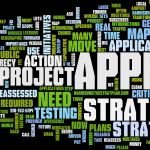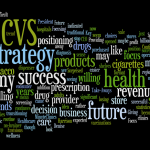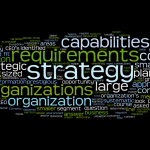Is your company seeing these trends?
- Many experienced workers are retiring from the workforce, often taking tribal knowledge with them.
- Hiring difficulty: especially among the skilled trades.
Well, your customers also face these trends – how can you help? Can you design products/services that will help alleviate these issues for your customers? Technology can be key to providing the solution. Yes, you have heard the buzz words “big data” and IOT (Internet of Things) – but how can these technological advances work for you? Is there a way that you can install sensors in your equipment to have alerts when the systems need maintenance or parts need to be replaced? Would this ability help streamline and extend your customer’s maintenance department? (Maintenance departments are one of the areas where there is a shortage of skilled labor.) Could you add a service that would provide maintenance when these alerts are raised? This could be onsite service or remote service, directing the plant personnel on what needs to be done. Would resolving these issues for your customers give you a competitive advantage?
How do you get started?
Start by using sensors and collecting data within your own organization. Start small (say air compressors); understand what is possible, then assess how you can use this knowledge to provide value to your customers. Starting with an in-house function allows your team to work on the kinks before you get an application into the field. Your first thoughts on customer applications may change after you have seen the impact of technology in-house.
Buzz words and bite sized chunks
Buzz words like IOT (Internet of Things) can be meaningless unless you cut them down into bite sized chunks, small applications where you can test how they perform. As you learn by using the technology, you will create a more efficient manufacturing facility as you link operations and then can look at “big data”. Starting small allows the team not to be overwhelmed by the amount of data generated. As you develop this knowledge, you will be able to apply it to your products, service and your internal processes.
Technology, one of Michael Porter’s five forces, can be harnessed to give you a significant competitive advantage. As you develop a strategic plan, be sure to look at emerging technologies and how you can leverage them to provide a competitive advantage.
To learn about how to look at technology in your strategic planning process please contact Denise Harrison: harrison@thestratplan.com.





